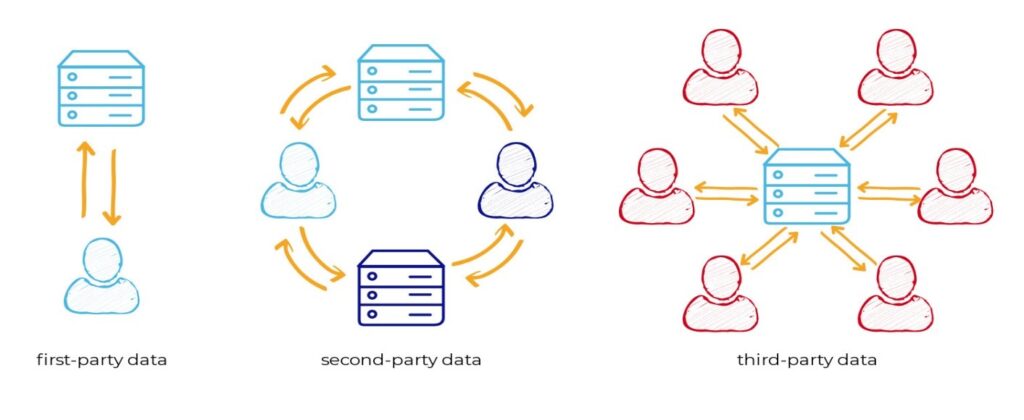Unveiling the Risks of Third-Party Access and Cyber Security Vulnerabilities
In today’s interconnected world, businesses rely heavily on third-party vendors and service providers to streamline operations, enhance productivity, and deliver superior customer experiences.
It is stated that A report on “Security Risks of Third-Party Vendor Relationships” published by RiskManagementMonitor.com includes an infographic estimating that 60% of data breaches involve a third party and that only 52% of companies have security standards in place regarding third-party vendors and contractors.
However, this growing dependence on external entities brings forth a critical concern: the heightened exposure to cyber security vulnerabilities. With each access point becoming a potential weak link in the digital chain, organizations must understand the risks associated with third-party access and implement robust measures to safeguard their digital fortresses.

1. The Expanding Threat Landscape
The ever-evolving threat landscape has made it imperative for businesses to assess the risks of granting third-party access. Cybercriminals actively exploit vulnerabilities in these external systems to gain unauthorized access to sensitive data, intellectual property, and confidential customer information. From social engineering attacks to malware infiltration, the risks are multifaceted and require proactive mitigation strategies.
2. The Weakest Link: Third-Party Vulnerabilities
While organizations invest substantial resources in fortifying their security infrastructure, third-party vendors may have varying levels of security practices in place. Even a single vulnerable vendor can open the floodgates for potential breaches. It is crucial to conduct due diligence while onboarding third parties, assessing their security protocols, and establishing clear guidelines to ensure they align with your organization’s cyber security standards.
3. Supply Chain Attacks
The interconnectedness of modern supply chains has given rise to a new breed of cyber-attacks known as supply chain attacks. Adversaries target vulnerable third-party vendors or service providers to gain unauthorized access to the more extensive network, compromising multiple organizations. Recent high-profile supply chain attacks have underscored the importance of regularly monitoring and assessing the security posture of all entities within the supply chain.
4. Mitigating the Risks
To minimize the risks associated with third-party access, organizations should adopt a multi-pronged approach:
- Thorough Vendor Assessment: Before partnering with a third party, conduct comprehensive security assessments, including audits, penetration testing, and vulnerability scans. Evaluate their security policies, incident response plans, and data protection measures to ensure they meet industry standards.
- Strong Contractual Agreements: Establish clear contractual agreements that outline security requirements, data protection protocols, incident reporting procedures, and liability clauses. Include regular audits and security assessments as part of the agreement to maintain ongoing compliance.
- Continuous Monitoring: Implement robust monitoring tools and technologies to track third-party activities, detect anomalies, and identify potential breaches promptly. Real-time monitoring helps ensure swift incident response and containment.
- Cyber Security Training: Educate employees about the risks associated with third-party access and train them in best practices for secure vendor management. This includes awareness about phishing attempts, secure data handling, and adherence to the organization’s cyber security policies.
Final Thoughts: Navigating the Risks and Opportunities of Third-Party Access
Third-party access presents both opportunities and risks for organizations in the digital age. While partnerships and collaborations can drive growth and innovation, they also introduce vulnerabilities that cybercriminals can exploit.
In the complex ecosystem of modern business, the reliance on third-party vendors and service providers is undeniable. Yet, this dependence comes with its own set of challenges, particularly concerning cybersecurity. As highlighted in the report “Security Risks of Third-Party Vendor Relationships,” a significant percentage of data breaches involve third parties, underscoring the urgent need for heightened awareness and action.
By recognizing the potential threats, conducting thorough assessments, and implementing stringent security measures, businesses can fortify their digital fortresses and protect themselves and their stakeholders from the ever-present risks of third-party access and cyber security vulnerabilities. For more insightful blogs, visit auxin.io.







